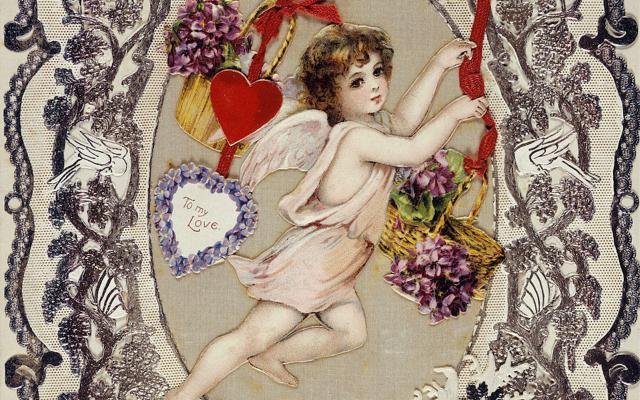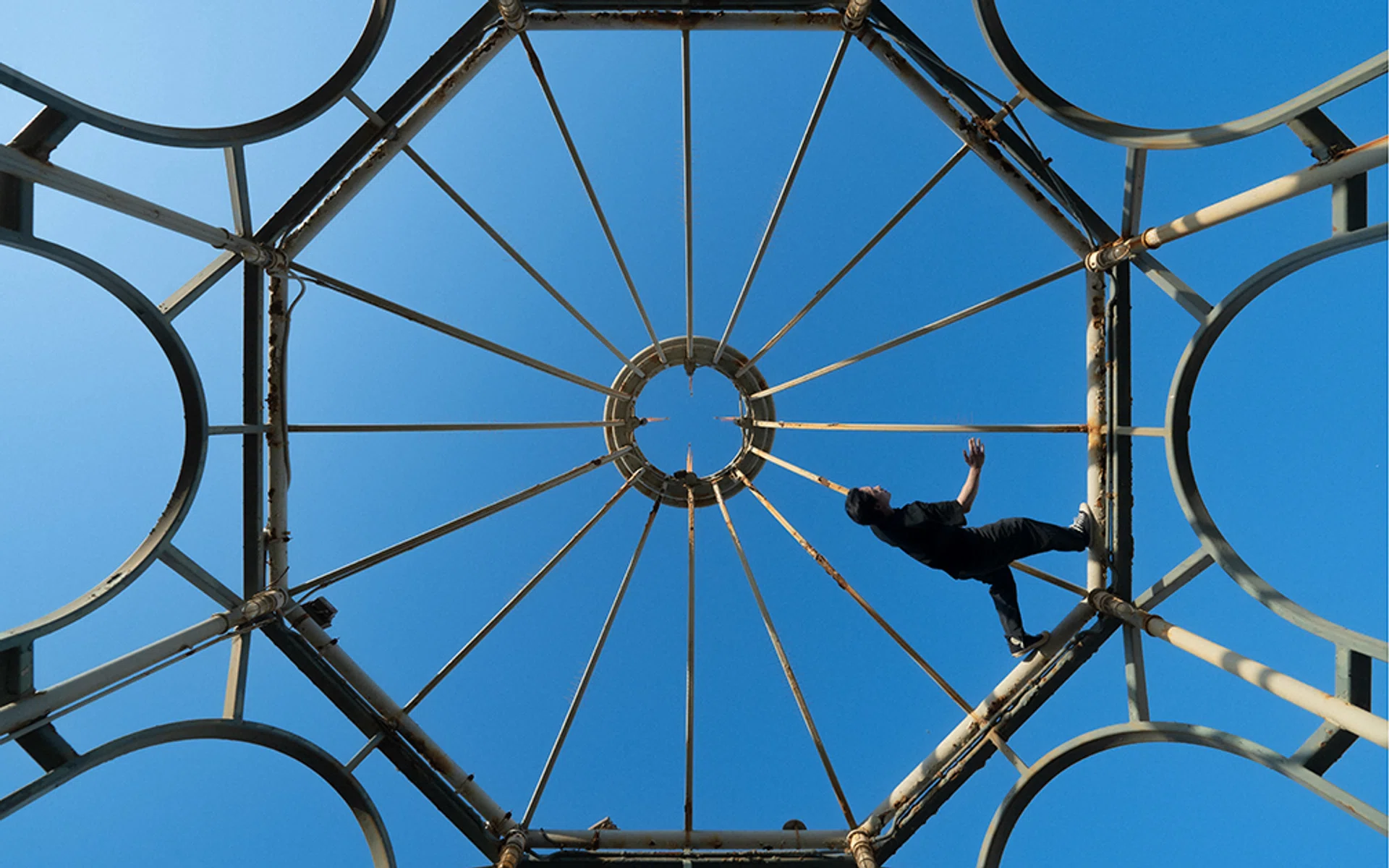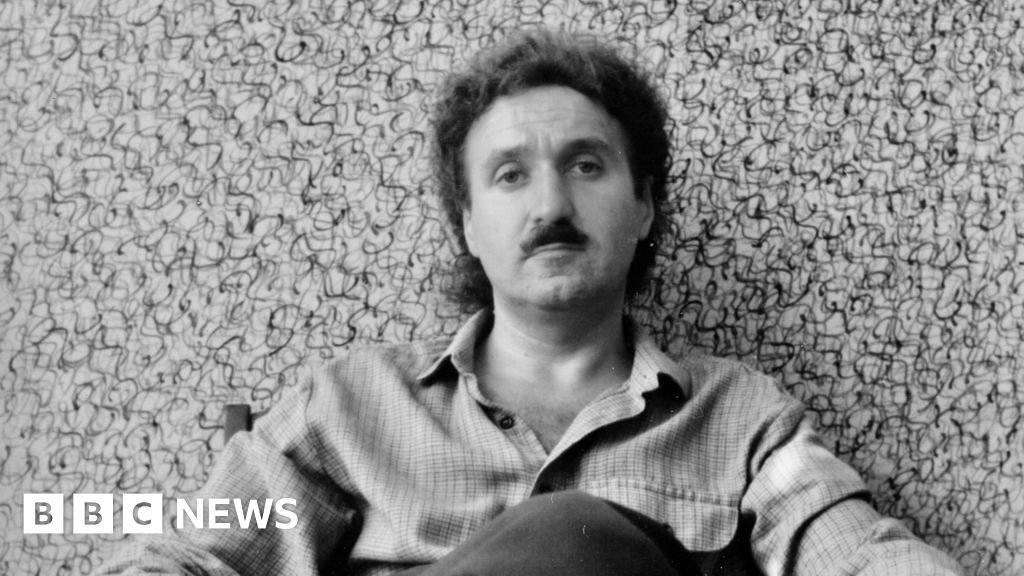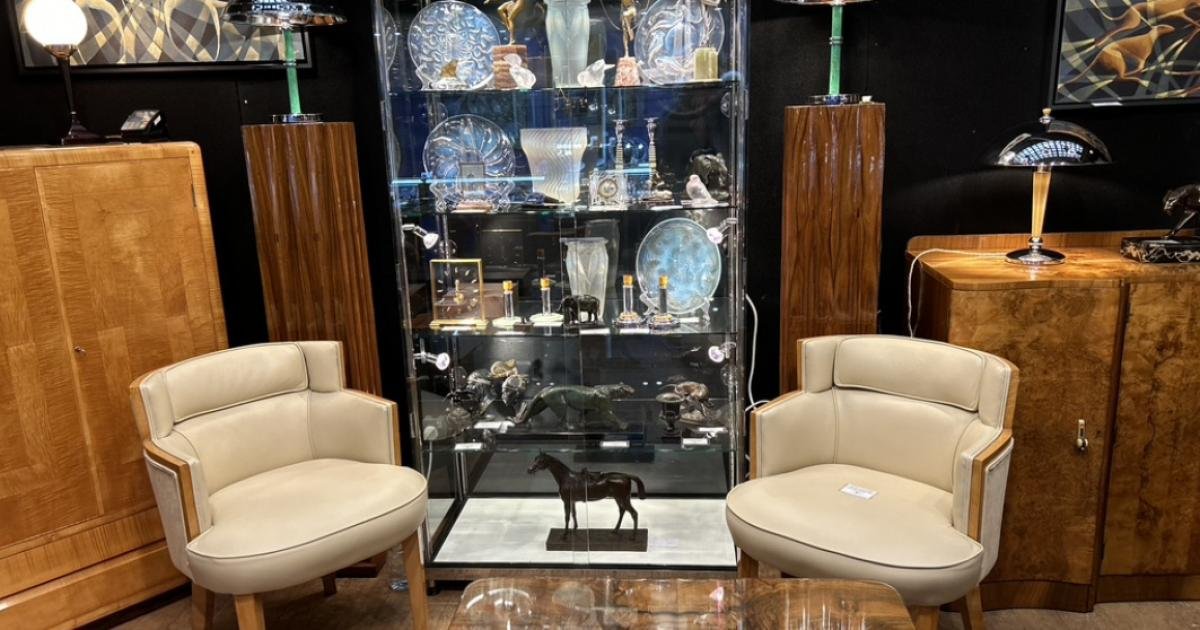Some think the heart-shape is a stylized depiction of human anatomy, representing the curved shape of breasts, buttocks, or genitalia. Others think it’s inspired by ancient philosophers, who believed the heart was the seat of the soul and the emotional center, and physicians such as Galen, the second-century father of medicine, who described the heart as a three-chambered organ shaped like a pine cone.
Over time, heart-shapes remained popular in decorative art and heraldry, but did not gain a strong connection with love until the thirteenth century. The Medieval concept of courtly love led to more illustrations glorifying romance, often utilizing the heart-shape as a symbol for love. The first known depiction of a heart-shape as a symbol of love was in the 1250’s French manuscript the Roman de la poire, in which a young man holds his vaguely pine cone-shaped heart up towards his lady love. Up until the fourteenth century, the heart was usually depicted upside down. This shifted in the fifteenth century, as the heart symbol came to resemble what we use today, and became a suit on playing cards.







